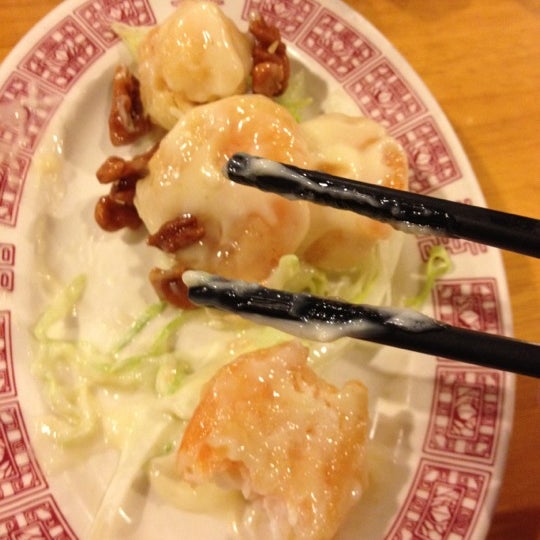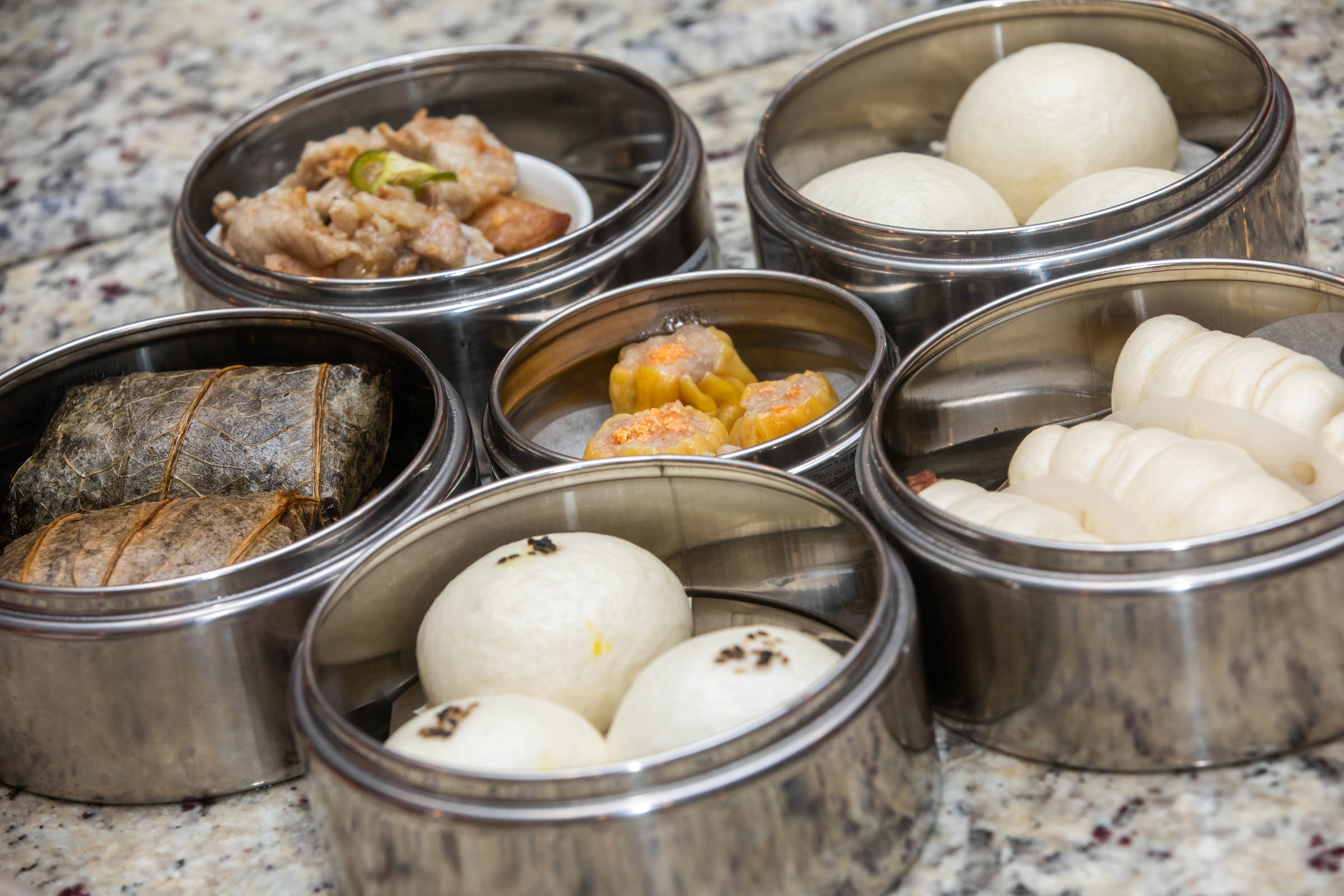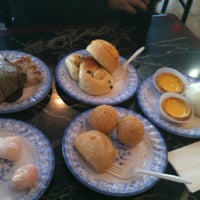

Looking for the best dim sum in Seattle? Henry’s Taiwan Kitchen is one of the top Taiwanese restaurants in Seattle, offering authentic and delicious Taiwanese dim sum in a casual setting. There are few better ways to spend a weekend morning than with friends or family at a dim sum restaurant, sitting around a table overflowing with delicious, bite-sized treats and a bottomless pot of tea. Going out for dim sum is also a fun cultural experience. In Cantonese, eating dim sum at a restaurant is known as "yum cha", which means "drink tea", since dim sum is usually served with tea.Įating at a dim sum restaurant in Seattle is a great way to try Taiwanese cuisine because it allows you to sample a variety of dishes in one sitting.

The term "dim sum" literally means, "to touch your heart". In Hong Kong, restaurants begin serving dim sum as early as 6:30 in the morning.ĭim sum is a style of Chinese food that is typically prepared in bite-sized, individual portions and served in steamer baskets or on small plates. People typically have dim sum on weekend mornings, similarly to brunch. However, dim sum has become an important part of dining culture throughout China and Taiwan. Originally, dim sum was not considered a meal – it was a snack. Types of tea that might be served at a dim sum restaurant include the following: Some dim sum restaurants also serve traditional sweets, like egg tarts and mango pudding.ĭrinking tea is just as important as eating food when you go out for dim sum. Steaming and frying are often used to prepare dim sum dishes, among other methods. Dim sum dishes are made with a wide range of ingredients, including prawns, fish, pork, chicken, beef, and tofu. Traditional dim sum dishes include dumplings, steamed buns, Chinese flatbread, pot stickers, rice noodle rolls, roasted meat, soup, egg rolls, lotus leaf rice, and steamed vegetables. It is customary to order family style, or in other words, share different dishes with all members of the dining party. The portions are small, allowing diners to try a wide variety of flavors and foods.

Other dim sum restaurants have a formal menu from which diners can order.ĭim sum is similar to Spanish tapas or French hors d’oeuvres.

Diners simply point to the dishes they want to order. At some dim sum restaurants, the food is served on carts that servers push from table to table. In southern China, especially Hong Kong, dim sum is a weekly family ritual. At first, it was frowned upon to combine tea with food because it was thought to cause excessive weight gain, but after discovering that tea aids digestion and cleanses the palate, teahouse owners began serving various snacks along with afternoon tea and the dim sum tradition was born.Įventually, dim sum evolved from being a relaxing afternoon tea session to a loud and convivial dining experience. Travelers and rural workers on the ancient Silk Road stopped at teahouses along the way to rest and have afternoon tea. The history of dim sum can be traced back to the Cantonese in southern China. In Cantonese, eating dim sum at a restaurant is known as “yum cha”, which means “drink tea”, since dim sum is usually served with tea. The term “dim sum” literally means, “to touch your heart”. Explore the history of this delicious meal and pastime.ĭim sum is a style of Chinese food that is typically prepared in bite-sized, individual portions and served in steamer baskets or on small plates.


 0 kommentar(er)
0 kommentar(er)
